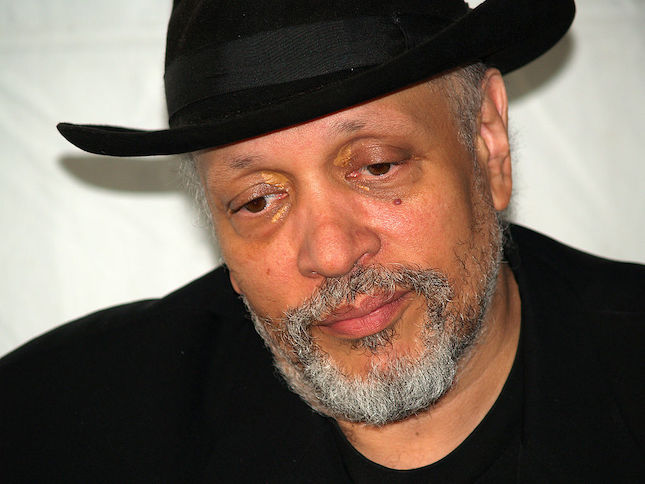How To Make Each Scene Count in Your Story
Scene Checklists
When you go through the first edits of your story make certain that all scene components are in each scene. You’ll take your reader by the hand to lead them through the story.
Two Types of Scenes
The Proactive Scene
- He has a goal
- She tries to achieve the goal but obstacles challenge him as the scene moves forward
- At the end of the scene he has a setback
By the end of the scene, the protagonist has not only failed to reach his goal but has a setback that leaves him worse off than at the beginning.
Checklist for the Proactive Scene
- Who is the primary point of view character (stay with her throughout the scene).
- What is her goal?
- Keep the goal simple for this one small part of the story
- Create the objective of the goal so the reader can visualize the success
- Make the goal worthwhile otherwise cut the scene
- Make the goal achievable in the protagonist’s view
- Make it difficult to achieve
- Create the conflict that keeps your hero from reaching the goal
- Even with obstacles, don’t let the protagonist give up
- Make the obstacle unexpected, but keep it logical within the story
Put your hero or heroine in the worst possible situations as they seek what seems like an obtainable goal at the beginning of the scene.
The Reactive Scene
- Begin with the protagonist’s reaction to what just happened
- Now, get your hero to figure out what his options are. If the setback was significant he may have no apparent options and he needs to look at his dilemma and choose an option.
- In the final portion of the scene, the protagonist mast make a decision.
- That decision is the goal for the next scene
Checklist for the Reactive Scene
- Clarify the protagonist’s vision of the problem. She needs to know what the problem is before she can make a decision.
- Keep the reader with the protagonist by visualizing what the character will do next
- The decision for the next action should be in line with your character’s personality and values
- Show how the protagonist sees success from his decision
- Make the decision difficult enough that the reader has doubts about whether your character can do what she decides
Reactive scenes provide a way for your character to make really bad decisions which will create even greater conflict later on. She may be blind to the motivations of another character. He may find that getting into the boardroom isn’t a slam dunk. Reactive scenes are your opportunity to build conflict and tension because the following action scene may be based on a very wrong decision that seemed right at the time for the character.
Why This Structure Helps
Scene Editing When Your Story Is Finished
Scene Checklist For Editing
- Is your scene written from one point of view?
- Is it an action scene or a reactive scene?
- Does the reader know where the characters are? Setting grounds the reader.
- Does the scene include at least three of the five senses–touch, sight, hearing, taste, smell? These details help bring the reader directly into the scene.
- Do you crank up the conflict–either action or decision–to the highest point? Make it tough, really tough, for your character.
Practice story editing with an objective eye. Be as unbiased as possible about the elements in each scene. Use your critical mind to objectify the story. I think of it as switching from the story creator, the one who loves the story, to a person who is looking at a thing. Use whatever mind tricks you can to be as objective as possible.
Do this work on your story and scene structure before you send it to an editor.
Some writers completely switch into editing mode and stop writing during the process. I like to balance editing and writing so I do some of each during the editing process. Find what method works for you, but don’t skip story editing.
Keep writing!
Zara Altair




